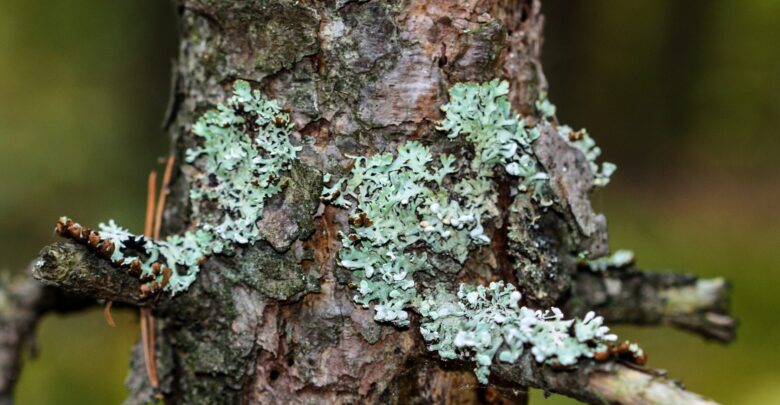 Unsplash
UnsplashAccording to University of Alberta lichen coordinator Diane Haughland, lichen tell us “different stories” about the environment they inhabit.
Haughland researches the different ways lichen can indicate air quality. Lichen is made up of algae and fungi, and do not have roots. As they’re reliant on the atmosphere for minerals, this makes them particularly positive indicators of good air quality.
”They have to absorb [minerals] from the air, and the dust that lands on them,” Haughland said. “So they’re entirely reliant on the atmosphere for a lot of their inputs, including their minerals and the water that they need to photosynthesize.”
However, air quality isn’t the only thing lichen can tell us about the environment. Due to variable elements, different types of lichen will grow in different parts of a city. Haughland gave an example of river valleys and ravines, which have more moisture and a fairly intact canopy.
“That also brings the light levels down and provides some filtration of the air coming in from the city. So you get this cleaner, slightly shady or moist environment.”
Due to these environmental conditions, the river valley and ravines are a particularly good environment for lichen growth and survival. Haughland approximated that 80 per cent of Edmonton lichen grow in the river valley and ravines. However, lichen can still be found in more urban areas, even though these areas aren’t as well-suited to prosperous lichen growth.
“There are these hardy lichens that grow out on our boulevard trees, which is a pretty harsh place to live. It’s very exposed [and] very dry,” Haughland said. “They’re hugging right onto the trunk. They tend to be small. Some of them are cryptic and camouflaged. But there’s at least 20 different species that you can find on different boulevard trees.”
However, a high presence of lichen doesn’t always indicate good air quality, Haughland said.
“Some [lichen] like some of the elevated elements that humans put into the air. For example, nitrogen, which is commonly higher in cities. Some lichens really thrive on higher nitrogen.”
Haughland says there is a practical purpose behind analyzing lichen
Haughland has a practical reason for using lichen to assess our environment. Lichen could provide a cheaper and greener alternative to mechanical monitors, she said. As well, lichen can be studied at a much smaller scale.
“We’re also interested in how climate change is affecting our city, and how air quality is changing over time. [Lichen allow] us to ask these questions without having a bunch of expensive permanent monitoring stations through the city.”
Comparing Edmonton’s current and past state of lichen is difficult because historically, urban lichens have not been a “hot topic” of study. However, Haughland was able to compare results from historical records.
Haughland performed her first comprehensive study of Edmonton’s urban lichen in 2019. At that time she and the other researchers found 114 species. They then compared their results to a survey of Edmonton’s urban lichen performed in the 1980s.
“Overall, it appears that lichens are holding steady in Edmonton. We looked at as many historical records as we could. We were able to find the vast majority of the species again, so they’re still persisting.”




